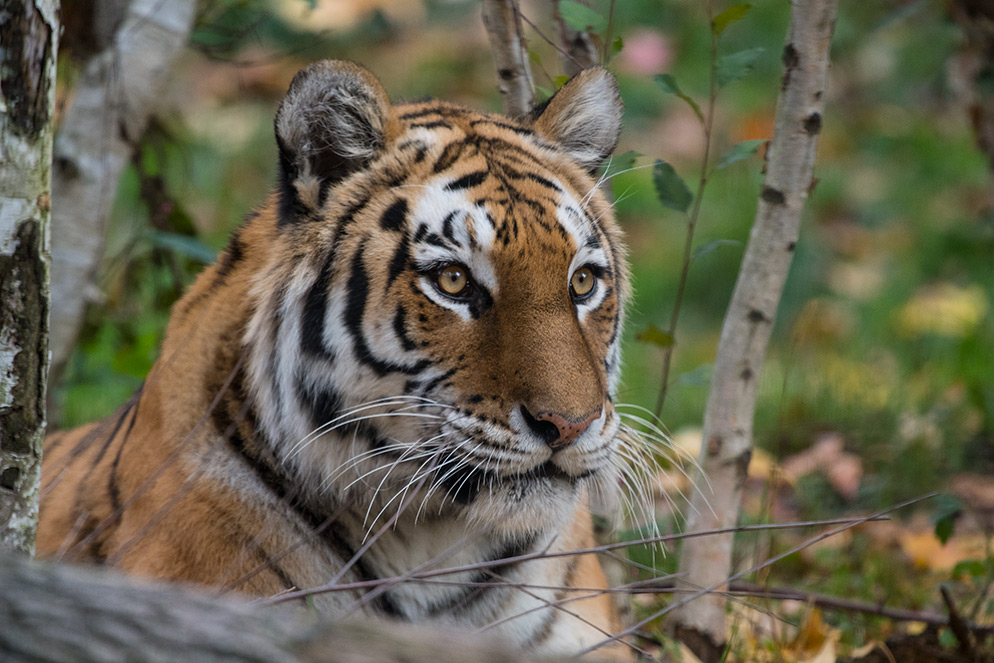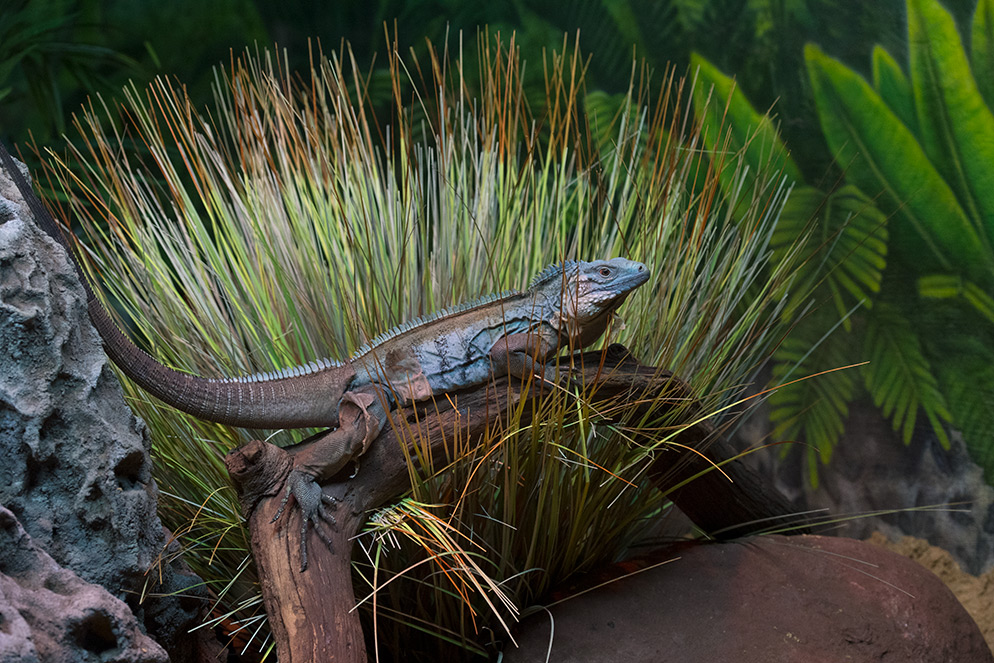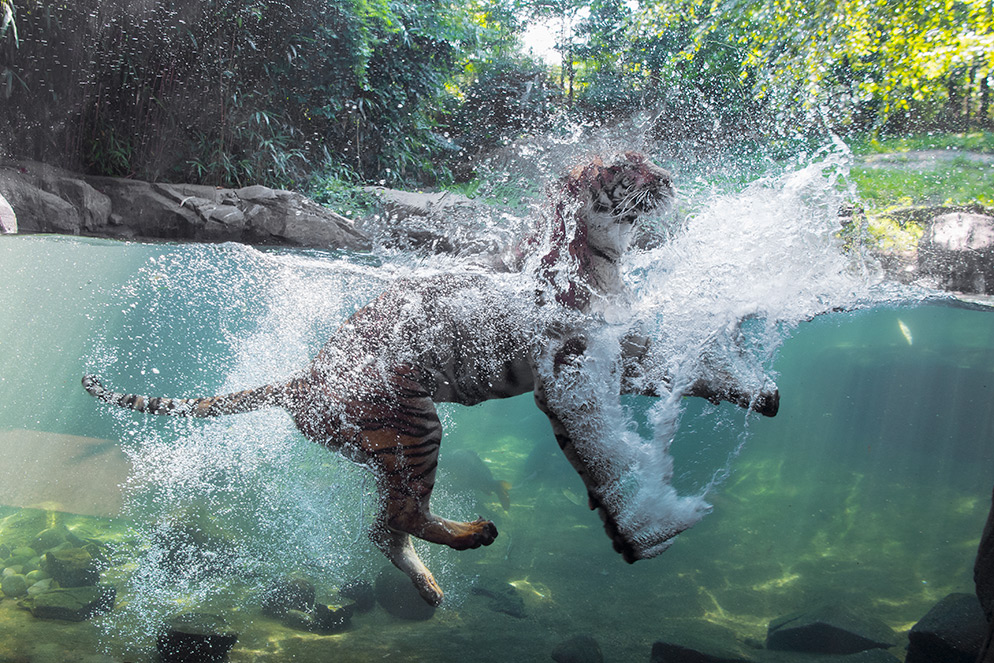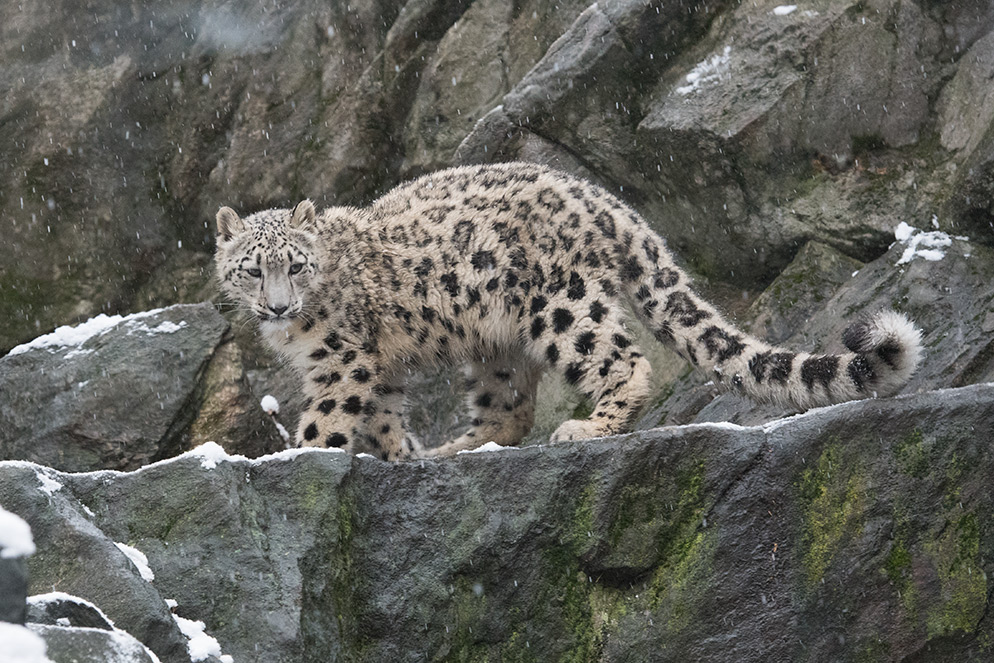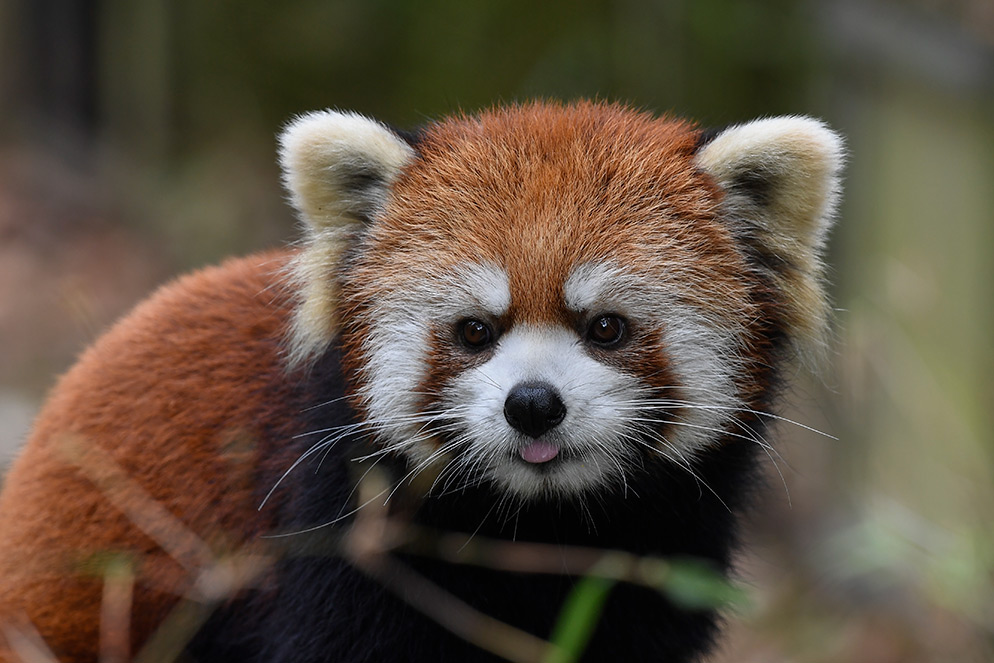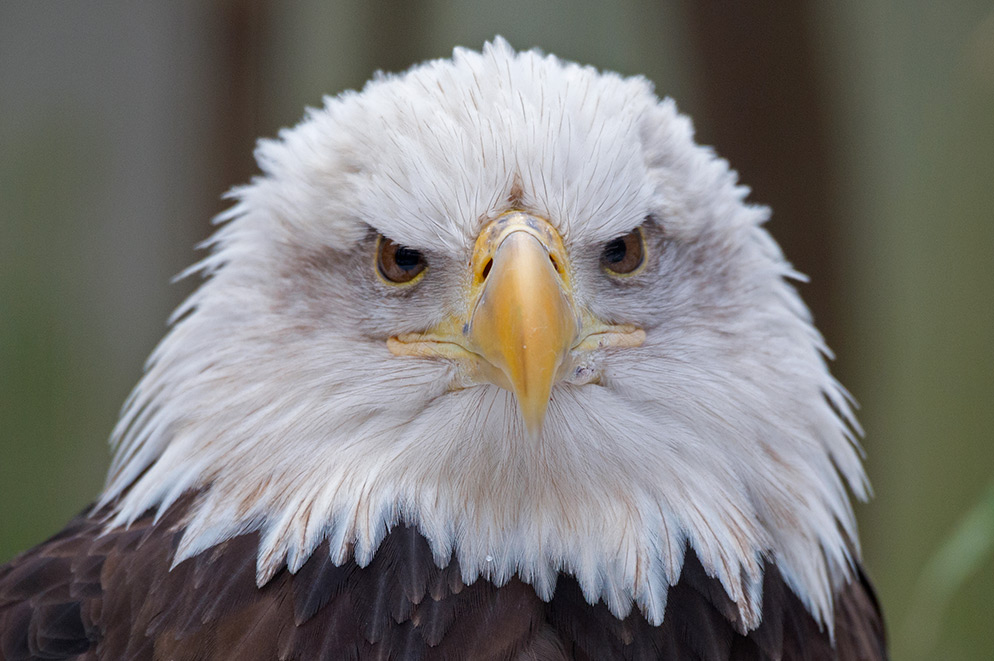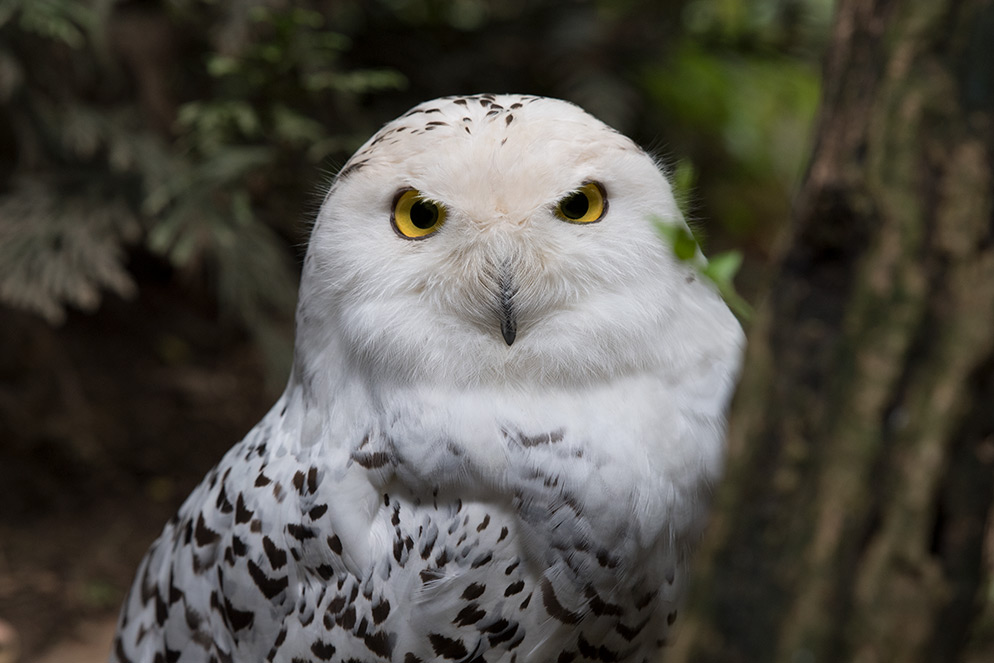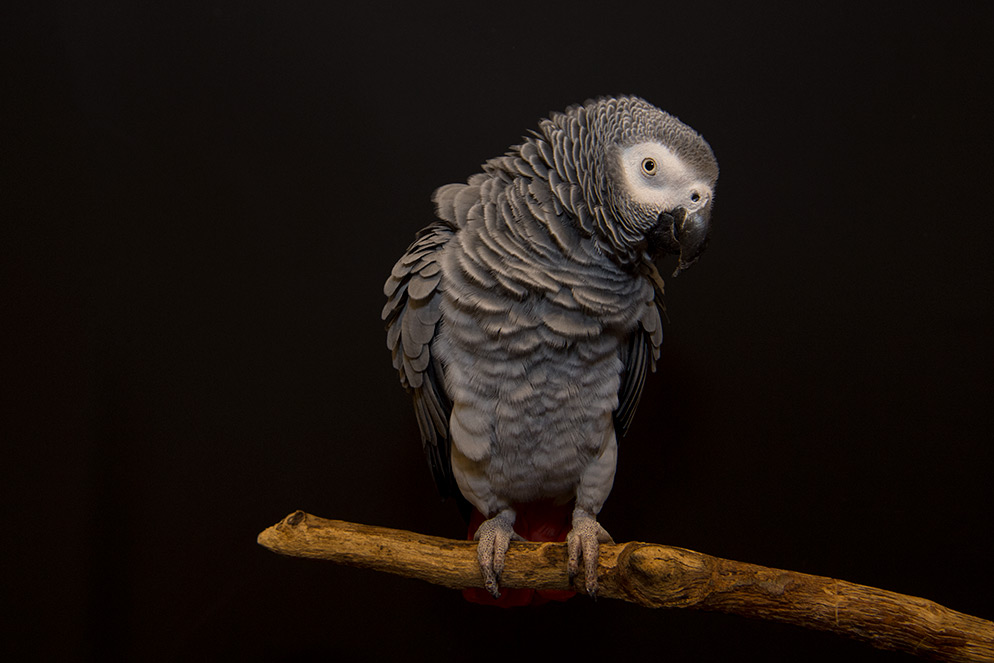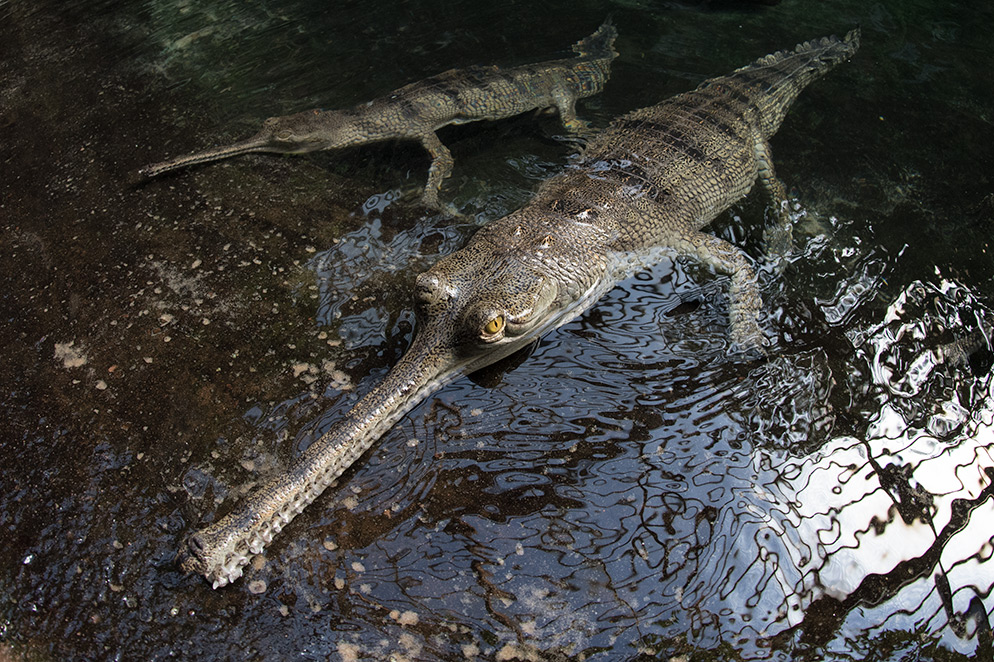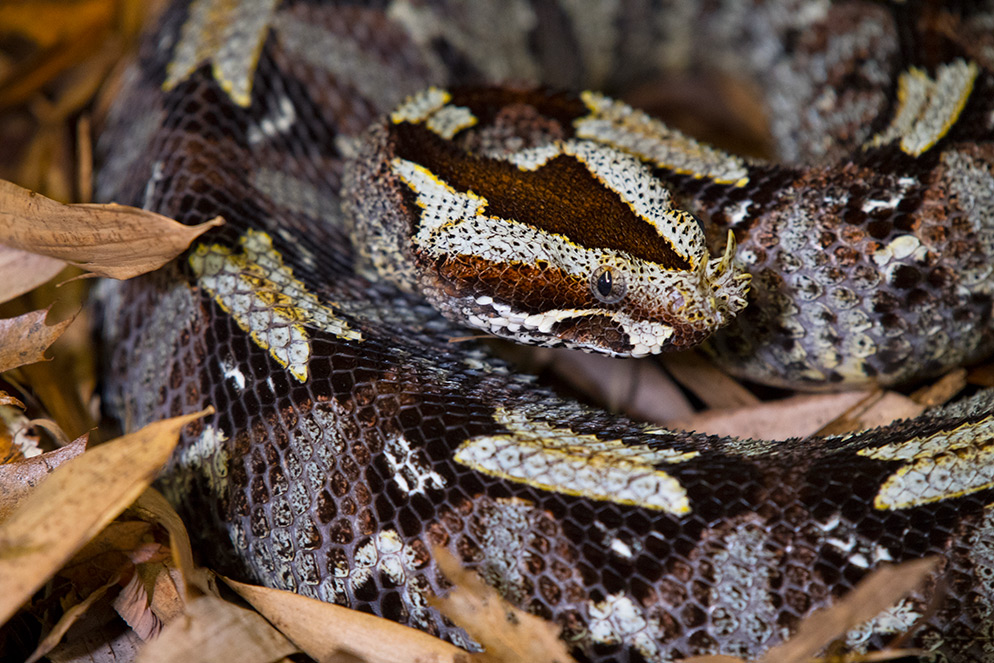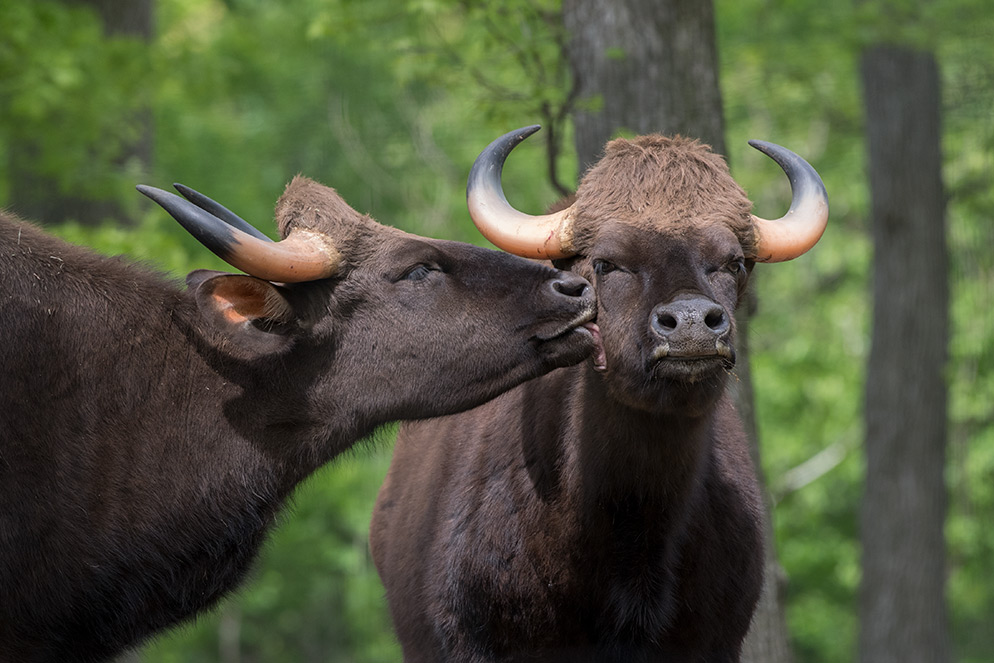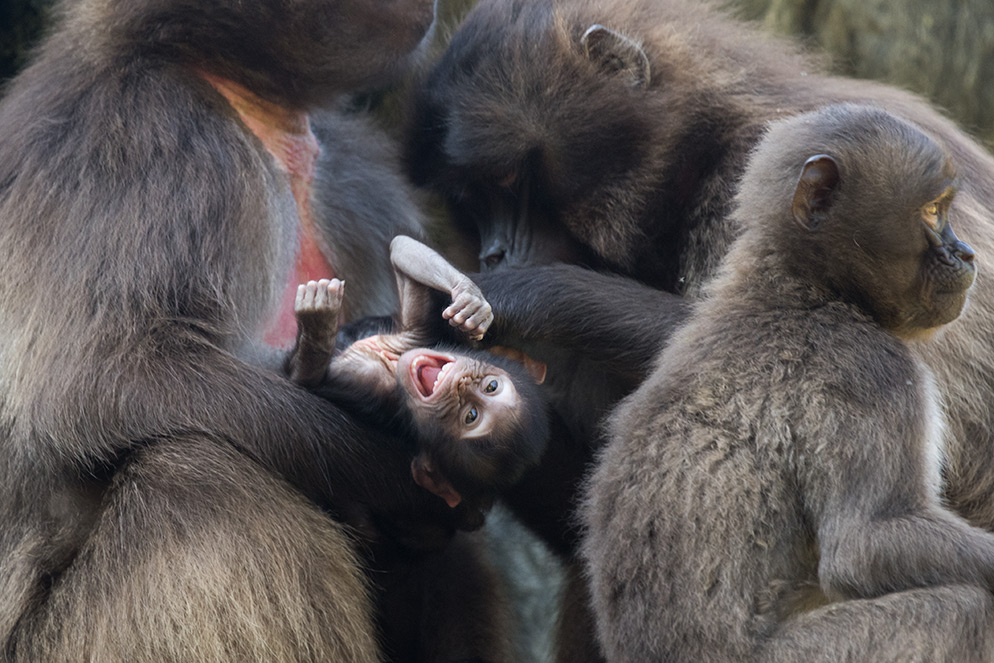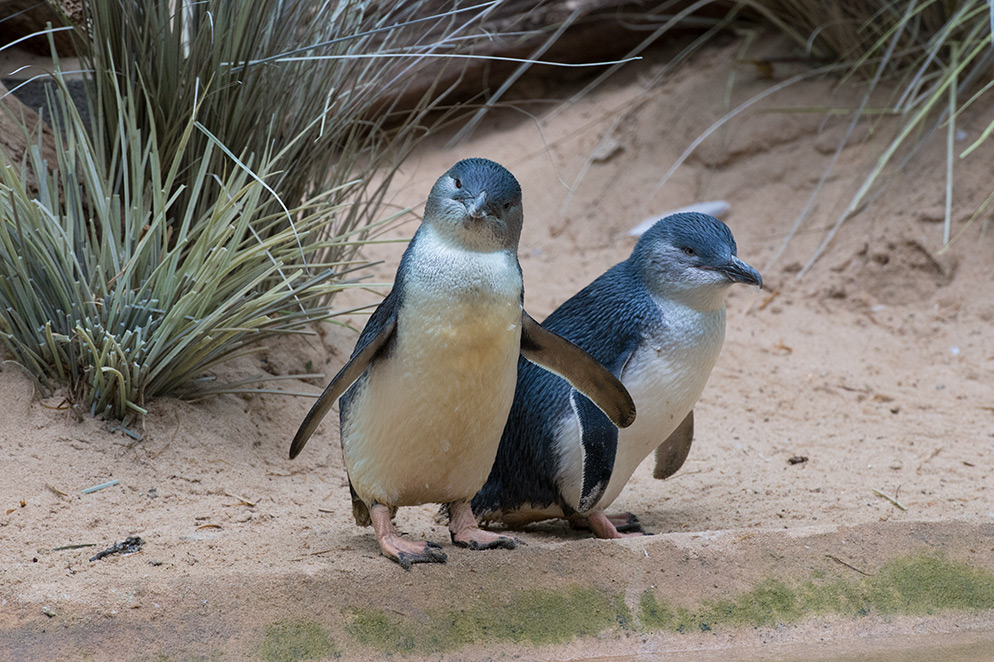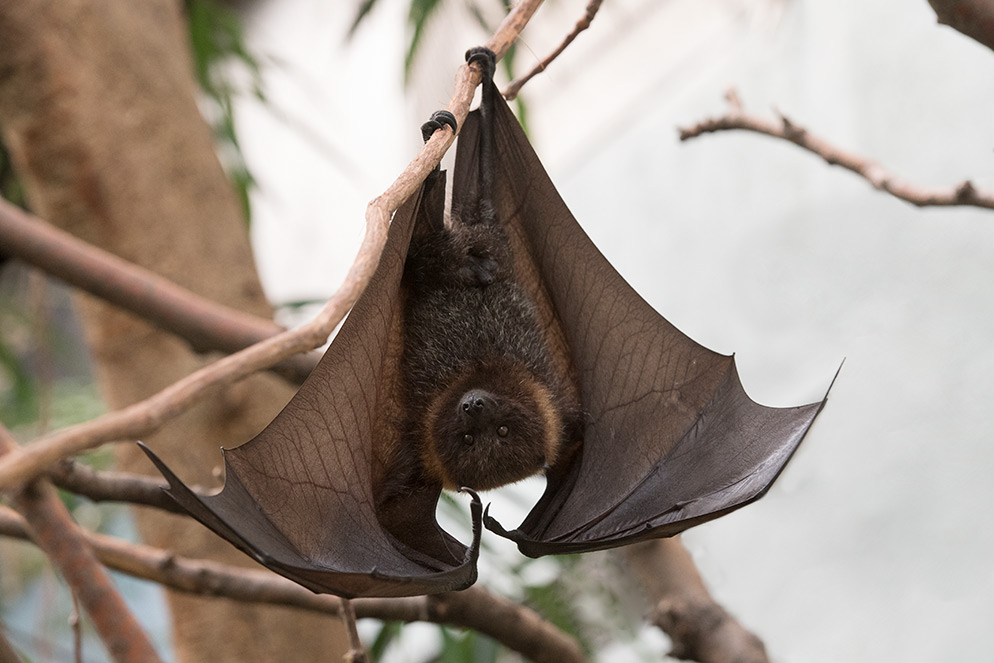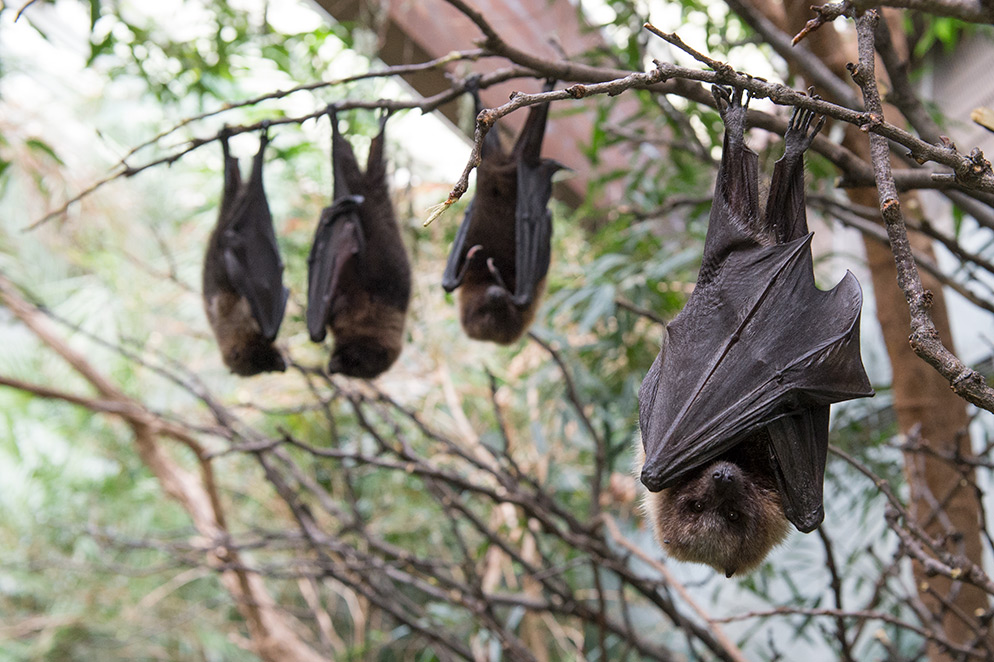Zoo and Wildlife Photography
Julie Larsen Maher is staff photographer of the Wildlife Conservation Society, which comprises five wildlife parks in New York City: the Bronx Zoo (WCS's headquarters), the New York Aquarium, Central Park Zoo, Prospect Park Zoo and the Queens Zoo. WCS also coordinates some 500 global field sites in 60 nations around the world to protect a variety of species and habitats. Here's Julie's A-list of tips for making the photographic most of your trips to the zoo.
• Unless it's a special zoo event or education class that's going to get you fairly close to the animals, you have to expect you're going to be at least five feet (and probably a greater distance) away. Shooting from a distance comes with the territory at zoos; in fact, I shot many of the photos you see here from public access areas. My suggestion for a basic two-lens kit would be the zooms I carry most often: a 24-70mm and a 70-200mm. The 24-70mm will let you include some of the animal's natural environment; the 70-200mm VR will give you some extended reach. I also use a 1.4X teleconverter with the 70-200mm zoom, and will sometimes carry an 80-400mm to extend my reach.
• I like to shoot at wider apertures—f/2.8 to f/5.6—because they provide a shallow-depth-of field that blurs distracting backgrounds as well as the wire borders of fences. And a shallow depth of field isolates the animals and directs the viewer's attention where I want it.
• When you're shooting through a fence or safety netting, you don't have to be really close to it; three feet away should be good enough. I don't go right up against fences because that tends to scare the animals. It's equally important that the animal is a decent distance back from the fence: eight to ten feet is ideal.
Two Gaur, photographed at the Bronx Zoo.
Gaurs interacting with one another, photographed at the Bronx Zoo.
• You'll notice that my lenses are VR image stabilized. Vibration Reduction is invaluable for getting hand-held shots of zoo animals. What about carrying a tripod? Some zoos have policies against them, and some exhibits prohibit them, so check the zoo's website. But if you're a casual shooter, you probably don't want to be carrying a tripod around all day, especially if the zoo is crowded. A monopod is a good option, though.
• Flash? Check the zoo's rules and its list of exhibits. Common sense tells you it's not a good idea (and likely prohibited) to use flash in nocturnal animal exhibits or habitats. The idea is never to disturb or upset the animals.
• It's usually not the animals, but the exhibit that will make flash difficult. If there's glass, it's a problem. With a compact camera or a DSLR's built-in flash I'd suggest you turn off the flash and boost the ISO. If flash is the only way to get an acceptable exposure, try standing at a 45-degree angle to the glass...and then vary that angle and check your results. You'll get the best results with a Nikon Speedlight on your camera; you can tilt the flash head up to vary the angle, or you can bounce the light off the white card that comes with every Speedlight. Same techniques apply with mirrorless cameras as for DSLRs. Shoot a bit, check the LCD, see if you need to change your position or the flash's angle. Glass without flash? Shoot at an angle and watch for reflections, which can be a problem even without flash. Often you can get close to the glass, and if you're careful, practically eliminate it from the picture. In any case, obey regulations. Don't bang on the glass—in fact, don't try to get an animal's attention, glass or not, in any noisy or disturbing way. An upset animal doesn't make for a good photograph.
• I often set the camera for Program, then use exposure compensation or change the ISO when I need to. When I want a blurred background, I set the camera for aperture priority and choose an aperture in the f/2.8 to f/5.6 range. I started my career with a COOLPIX and was able to do amazing things—I even got a cover photo of an annual report with it.
Gelada Baboons and baby, photographed at the Bronx Zoo. The adult animals being included in the photo give it context but its all about the baby's actions.
Penguins, photographed at the Bronx Zoo. Look for emotions in the animals you photograph at the zoo, like the inquisitive look from the little penguin on the left.
• Research your zoo. You'll want to know about photo ops that'll bring you eye to eye with the animals. New births, programs, and events are listed on zoo websites and maps.
• Timing is everything, especially when it comes to light. Try not to shoot on very bright sunny days; overcast days are the best for photographing at the zoo, and so are "off weather" days because many animals thrive when it's snowy or rainy, even if people don't. And an off weather day will mean fewer people (avoiding crowds is always a good tip for zoo photography, so think early morning or late afternoon). If it's snowing, think of the animals that enjoy that weather—snow leopards, polar bears, tigers, snowy owls.
• Realize that you may not get the best shots your first time at the zoo. First-timers should be exploring, learning where things are, figuring out what they prefer to see and shoot. I suggest doing a recon before you bring all the gear. The more you know about your zoo and the more familiar you are with it, the better you can plan your shoot. Buying a membership is a good idea because it allows access over and over again. Members won't need to do the whole zoo in one day; they can pick a section and work it, then come back and do the same for another section.
• Take advantage of the zoo's website. You can see maps of the layout, find out about special events and educational programs and check on the rules and regulations for photography. And one more important thing: find out about the animals' feeding times. Animals know when it's feeding time, and that's when they're going to be their most attentive. Sea lions come to attention; other animals wake up and come around the feeding areas. Feeding time is animal activity time.
• When you're taking photos at an exhibit, take a photo of the signage as the first or last image. The signs usually have information on the animals, maybe a conservation tip. Later you'll be able to identify what you've photographed for captions or just for your own information. It'll help you organize your shots and you'll be learning about the animals and their environment so you can talk about them. We can all learn something; I went out a few weeks ago and found out that September 5th was International Vulture Awareness Day. Who knew?
• My four-P key to zoo photography: make a plan; have patience and wait for the right moment; practice at home with your pets and the nature in your backyard; embrace your passion for photography.
Well, that's our zoo story. We trust you'll be ready when International Vulture Awareness Day rolls around again.
A Rodrigues Fruit Bat, comfortably hanging from a tree, photographed at the Bronx Zoo.
Rodrigues Fruit Bats, hanging off a tree, photographed at the Bronx Zoo.

